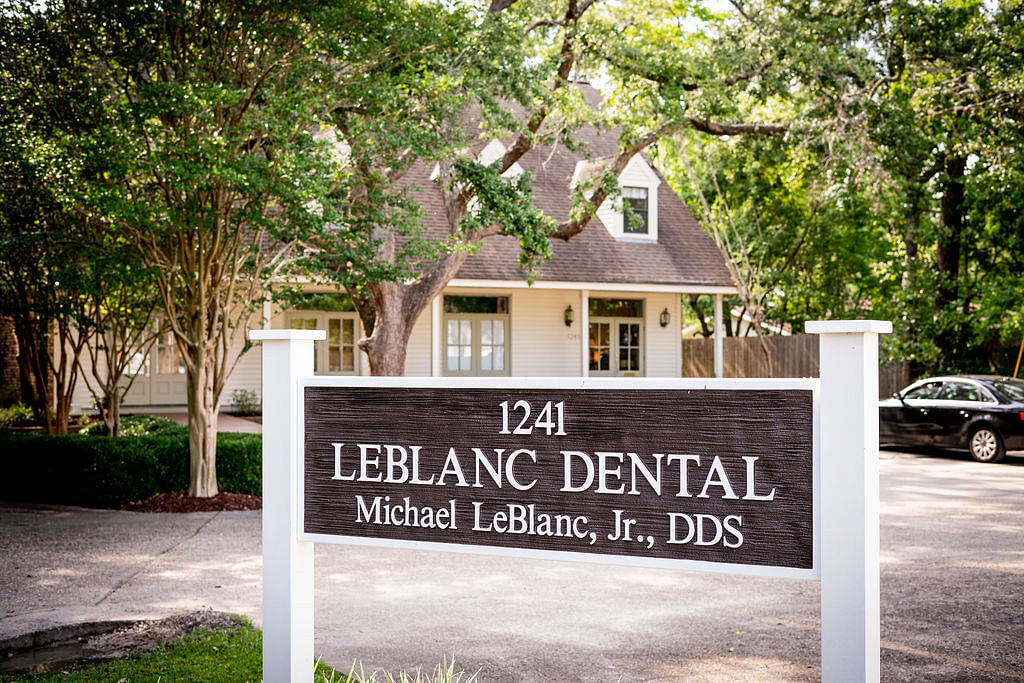
Our Approach

Our Approach to Holistic/Biologic Dentistry
Originally, the term used in considering the relationship of the body, mind, and spirit was “wholistic”. From there the term “holistic” evolved, emphasizing the importance of the whole and the interdependence of its parts. Relative to the practice of dentistry, there is no recognized specialty that would allow one to be called a Holistic or Biological dentist, thus the use of the terms “The Holistic or Biologic Approach” to the practice of dentistry.
Beginning in my freshman year of dental school, during our anatomy course where we dissected an entire cadaver, I became fascinated with how our bodies are designed. The intricacies of the muscles, nerves, and blood vessels are astonishing and most assuredly seamless from head to toe. It became abundantly clear to me early on that the blood that flows to the brain, the kidneys, the liver, the muscles, etc. also flows into the teeth and the gums. No part of the body functions alone and independent. Without question, the body functions as a whole.
Then studying biochemistry, at a very deep level, learning about processes that are operating on a cellular level, I was equally astonished. The way that the foods we eat are broken down and absorbed and the nutrients are brought into the cells of our bodies is truly amazing. Think for a moment of the Nobel Prize-winning discovery that there are at any one time 1 billion proteins in each cell and each one has a tag. And to think that an infected tooth or gum or bone around the teeth can influence things at a cellular level throughout the body, truly raises the importance of how we care for the mouth.
Yet when we step back and look at our medical system, we see things are divided into parts. There are doctors who treat the eyes, the ears, nose & throats, the digestive tracts, the bones, and of course the teeth, often times operating independently of each other while many times what they are treating is related to the same cause. Within the dental profession, we have specialists who treat gum disease, straighten teeth, do surgery, etc. that operate independently of each other. Often times patients make the choice of where to begin when they have a particular problem. There is little doubt that the entire system is moving away from the holistic approach to a more “parts” orientation, where more and more the treatment is directed at the symptoms of a disease as opposed to its cause.
Increasing evidence is coming to light relative to how problems in the mouth are intimately related, in a biologic sense, to heart disease, cancer, diabetes, depressed immune systems, etc. It is hard to ignore the discovery that there are at least 11 bacteria, previously thought to reside only in the mouth, that, through DNA testing, are being discovered in the walls of the coronary arteries and in the actual blood clots of heart attack victims (p. gingivalis), or in brain tissues of Alzheimer’s patients (T. denticola). The interesting thing is that we cannot look into the mouth and determine their presence. They can be just as active in what appears to be a healthy mouth as they would be in a mouth with active gum disease. The only way to determine their presence is by salivary DNA testing (ask us about this service).
Relative to cancer from a biologic standpoint, in 1932 Dr. Otto Warburg won a Nobel Prize for identifying how cancer begins. He discovered that all cancers begin in an acidic environment (low pH), in the presence of excess free calcium (seen as tartar on teeth), a blood sugar of 96-107, and chronic inflammation (like inflamed and bleeding gums or a chronically infected tooth). One can make a case that these killers (heart disease, strokes, and cancers) can often find their origins within the mouth. Thinking holistically, one can only imagine why there is not more collaboration between the medical and dental professions.
So when we approach the practice of dentistry from a holistic/biologic point of view it just makes sense that patients be invited into all decisions that must be made in developing appropriate treatment plans. The more the patient is involved in deciding what treatment will be rendered and specifically what techniques and materials will be used, the greater the chance that the patient will have control of what is being done to and placed in their bodies. After studying and observing many patients’ journeys toward health, it is my opinion that the more control the patient has in this journey, the greater the chance that they will achieve the outcomes that are most important to them.


